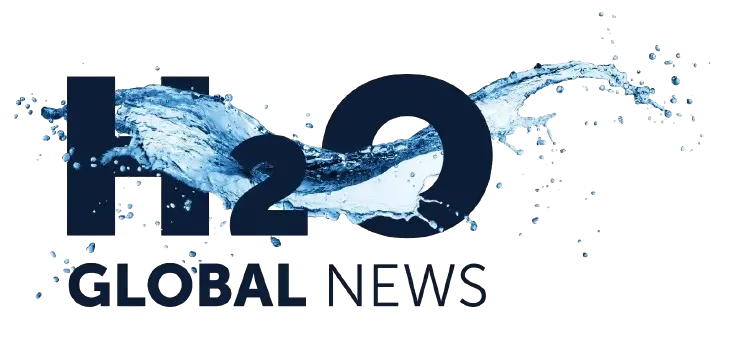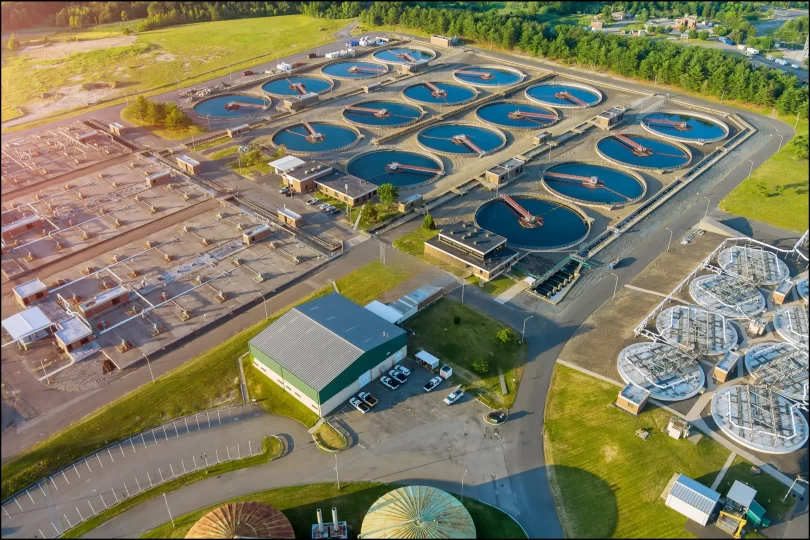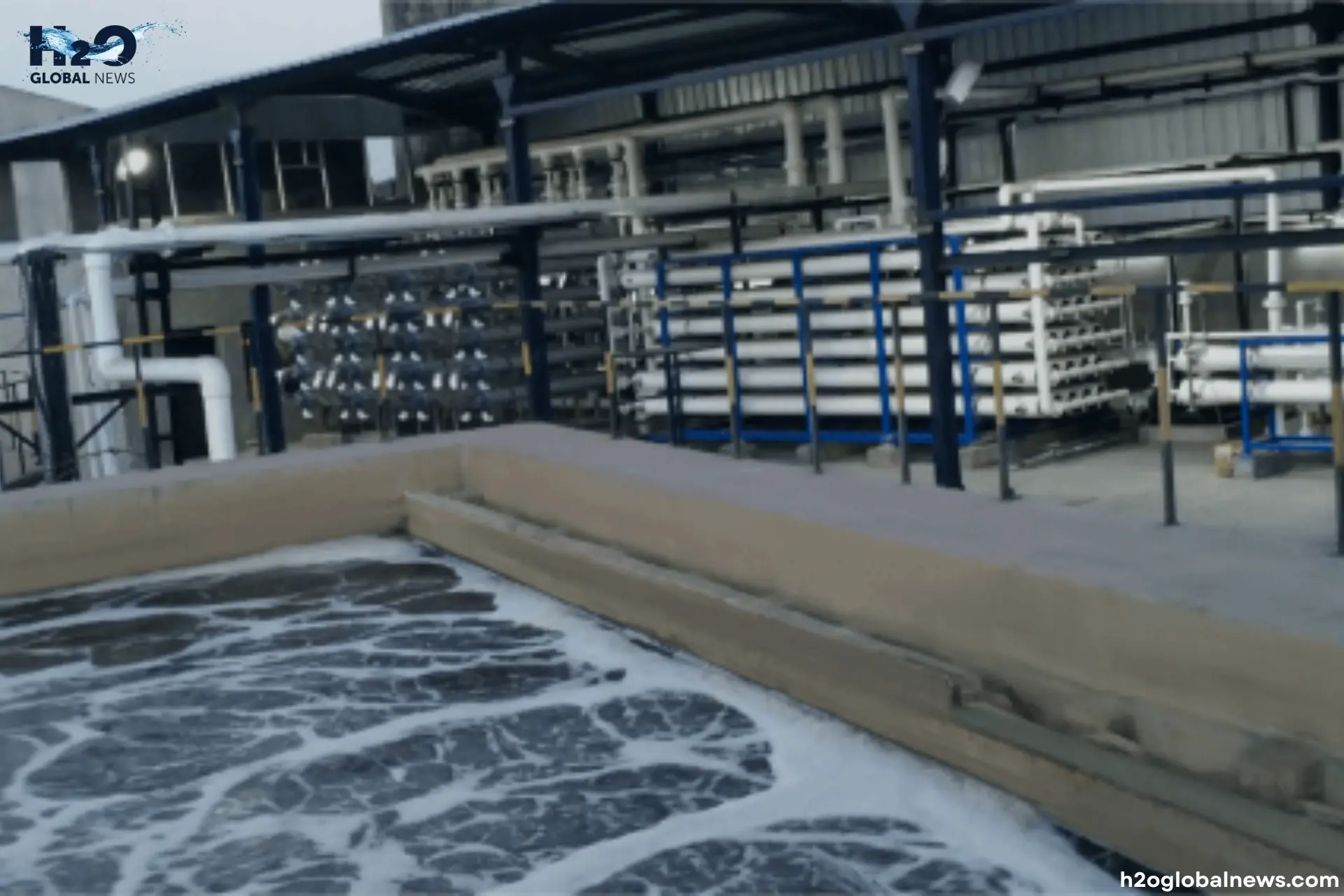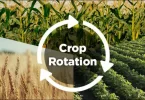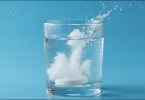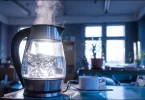Water is essential for life, industries, and agriculture, but water scarcity and pollution are becoming serious global challenges. Industries are now adopting the Zero Liquid Discharge System (ZLD), a highly efficient water treatment system that eliminates zero wastewater into the environment. It not only reduces environmental pollution but also helps industries follow strict wastewater disposal regulations.
In this article, we will discuss what ZLD is, how it works, its importance, and the industries that benefit from it.
What Is Zero Liquid Discharge (ZLD)?
Zero Liquid Discharge (ZLD) is an advanced wastewater treatment process that is used to completely eliminate liquid waste discharge from industrial facilities. Instead of releasing treated wastewater into the environment, ZLD systems recover and recycle water, and leaves only solid waste that can be safely disposed of or repurposed.
On the other hand, traditional wastewater treatment methods reduce pollution levels but still discharge some treated water into natural water bodies. However, even treated wastewater can contain small amounts of contaminants, which accumulate over time and harm aquatic ecosystems.
Moreover, ZLD takes water treatment a step further by making sure that no water is wasted or released into the environment. It recovers almost 95% of the water and removes pollutants in solid form, which makes it one of the most sustainable wastewater management solutions available.
The primary objective of ZLD is to maximize water reuse while minimizing waste disposal. This benefits industries by:
- Using less water and energy to help the environment
- Following strict water pollution rules
- Saving money on water over time
- Helping the planet by using resources wisely
How Does Zero Liquid Discharge Work?
ZLD follows a multi-step process to treat and recover wastewater efficiently. Let’s break it down step by step:
1. Pre-Treatment (Initial Wastewater Treatment)
Before wastewater enters the Zero Liquid Discharge system, it goes through a pre-treatment process to remove large contaminants and suspended solids. This step confirms that the water is suitable for further purification and prevents damage to downstream equipment.
Key Pre-Treatment Processes:
Filtration: This process removes large particles, sediments, oil, and grease using sand filters, activated carbon filters, or membrane filtration systems. It prevents clogging and improves the efficiency of later treatment stages.
Chemical Treatment: This process adjusts pH levels and removes toxic substances by adding chemicals like coagulants and flocculants. These substances help bind contaminants together, which makes them easier to remove.
Biological Treatment: This process uses microorganisms to break down organic matter and reduce biochemical oxygen demand (BOD). It is commonly used in industries where wastewater contains biodegradable pollutants.
Importance of the Pre-treatment Process
- Prepares wastewater for advanced filtration (e.g., reverse osmosis and evaporation).
- Prevents scaling, fouling, and damage to ZLD equipment.
- Reduces the load on subsequent treatment processes, which makes them more efficient and cost-effective.
- Compliance with environmental regulations involves removing hazardous substances at an early stage.
2. Evaporation & Crystallization
This stage is the heart of the Zero Liquid Discharge (ZLD) process, where maximum water is recovered, and contaminants are converted into solid waste. It consists of two critical steps: evaporation and crystallization.
1- Evaporation: Separating Water from Contaminants
In this step, the pre-treated wastewater is heated using specialized evaporators. As the temperature rises, water turns into vapor, while dissolved salts, heavy metals, and other contaminants remain behind in a concentrated liquid form. Evaporation primarily reduces wastewater volume and leaves behind a brine solution that needs further processing.
Common evaporation techniques:
- Multi-Effect Evaporation (MEE): Uses multiple stages to improve energy efficiency.
- Mechanical Vapor Recompression (MVR): Recycles heat from steam to reduce energy consumption.
2- Crystallization: Converting Waste into Solids
After evaporation, the leftover brine undergoes crystallization, where it is further heated until the dissolved salts and impurities form solid crystals. These solids are then filtered, collected, and safely disposed of or repurposed.
Importance of Crystallization:
- Converts liquid waste into solid form, eliminating discharge.
- Some industries allow for the recovery of valuable minerals like sodium chloride, gypsum, and lithium.
- Adjust to environmental laws by preventing hazardous liquid waste release.
3. Solid Waste Management
After evaporation and crystallization, the remaining solid waste must be handled responsibly to make sure environmental safety and sustainability. This process is important because it minimizes environmental impact by preventing toxic waste contamination. It also reduces landfill usage and turns waste into valuable resources, improving sustainability.
The solid waste is managed as:
Safe Disposal in Landfills: If the waste is non-toxic, it can be safely disposed of in designated landfills that follow environmental regulations. However, industries must confirm that their solid waste does not contain hazardous materials that could harm the environment.
Recycling and Reuse: Many industries are shifting toward waste valorization, where solid byproducts are recycled instead of discarded. Some common recycling applications include:
- Construction Industry: Certain solid residues, like gypsum and silica, can be used in cement and brick manufacturing.
- Agriculture: Some mineral byproducts can be processed into fertilizers.
- Chemical Industry: Recovered salts and minerals, like sodium sulfate and calcium carbonate, can be reused in industrial applications.
Technologies Used in ZLD Systems
Zero Liquid Discharge (ZLD) systems employ a combination of technologies, including:
1– Membrane Filtration: Uses fine-pore membranes to filter out suspended solids, bacteria, and dissolved salts from wastewater.
2- Reverse Osmosis (RO): High-pressure pumps force water through a semi-permeable membrane, separating clean water from dissolved salts, heavy metals, and other contaminants. RO can recover up to 75-85% of water by reducing wastewater volume before further treatment.
3- Thermal Evaporation: Uses heat to boil wastewater, causing water to evaporate and leaving behind concentrated contaminants. The vapor is then condensed into pure water, which can be reused.
Why Is Zero Liquid Discharge Important?
Zero Liquid Discharge (ZLD) is important for sustainable industrial water management, as it benefits water conservation, environmental protection, regulatory compliance, and economic savings.
1- Water Conservation
One of the biggest advantages of ZLD is its role in water conservation. With global water demand expected to increase by 55% by 2050, industries must adopt efficient water management strategies. According to the World Resources Institute, 25 countries, home to one-quarter of the world’s population, face extremely high water stress and require ZLD systems for long-term sustainability.
2- Environmental Protection
Beyond conserving water, ZLD also plays a key role in environmental protection. Industrial wastewater is a major contributor to water pollution, with 80% of global wastewater being released untreated into rivers, lakes, and oceans. This contamination causes severe ecological damage, harming aquatic life and making water unsafe for human consumption. ZLD eliminates industrial wastewater discharge, preventing harmful substances such as lead, arsenic, and heavy metals from entering water bodies.
3- Regulatory Compliance
Another important reason for adopting ZLD is regulatory compliance. Governments worldwide are tightening wastewater discharge laws, particularly in highly industrialized regions. In the European Union, industries must work with the Urban Waste Water Treatment Directive. At the same time, in the U.S., the Environmental Protection Agency (EPA) has enforced strict discharge limits under the Clean Water Act. Companies that fail to meet these regulations face fines or operational shutdowns. Implementing ZLD helps industries avoid such penalties while maintaining a positive reputation as environmentally responsible businesses.
4- Economic Benefits
While ZLD systems require a 20-50% higher initial investment than conventional wastewater treatment, they offer substantial economic benefits over time. Recycling wastewater reduces dependence on expensive freshwater sources and lowers operational costs. Industries can also minimize waste disposal expenses, which account for up to 30% of wastewater treatment costs. Additionally, ZLD enables the recovery of valuable byproducts, such as industrial salts, lithium, and gypsum, which can be reused in manufacturing processes or sold for profit. For example, the global market for recovered industrial salts is projected to reach $19.3 billion by 2030, highlighting the financial opportunities ZLD can provide.
Industries That Benefit From ZLD
- Power Plants: Power plants use massive amounts of water for cooling and steam generation. ZLD helps them recycle water and comply with strict environmental laws.
- Chemical and Pharmaceutical Industries: These industries produce toxic wastewater that must be treated before disposal. ZLD makes sure that no harmful chemicals pollute the environment.
- Textile and Leather Industries: Dyeing and tanning processes generate wastewater containing heavy metals and dyes. It prevents these pollutants from contaminating water sources.
- Food and Beverage Processing: It allows food factories to reuse water safely, which reduces environmental impact and operational costs.
- Oil and Gas Industries: Oil refineries and gas processing plants generate highly contaminated wastewater.
FAQs
1- What are the challenges of implementing ZLD?
ZLD systems require a high initial investment, consume significant energy, and demand technical expertise for operation and maintenance. However, long-term savings on water and waste disposal can offset these costs.
2- Does ZLD completely eliminate waste?
While ZLD eliminates liquid waste discharge, it still generates solid waste, which must be disposed of safely or repurposed in other industrial applications.
3- How much water can ZLD recover?
ZLD systems can recover up to 90-95% of wastewater and reduce freshwater consumption in industrial processes.
4- Is ZLD mandatory for all industries?
ZLD regulations vary by country and industry. Some regions, such as India and China, have made ZLD mandatory for specific industries to fight water pollution.
5- How much does a ZLD system cost?
The cost depends on the size of the plant, the level of contaminants in wastewater, and the technology used. Initial costs can be high, but industries often recover expenses through water savings and regulatory compliance benefits.
Conclusion
Zero Liquid Discharge (ZLD) is a valuable solution for industries looking to conserve water, protect the environment, and meet strict regulations. By recycling up to 95% of wastewater, it helps reduce water consumption and prevent pollution, making it important in areas facing water scarcity. While the initial setup can be costly, the long-term savings in water and waste disposal costs make ZLD investment worth considering. As water stress increases globally, it offers a sustainable and responsible way for industries to operate more efficiently and protect our planet’s water resources.
